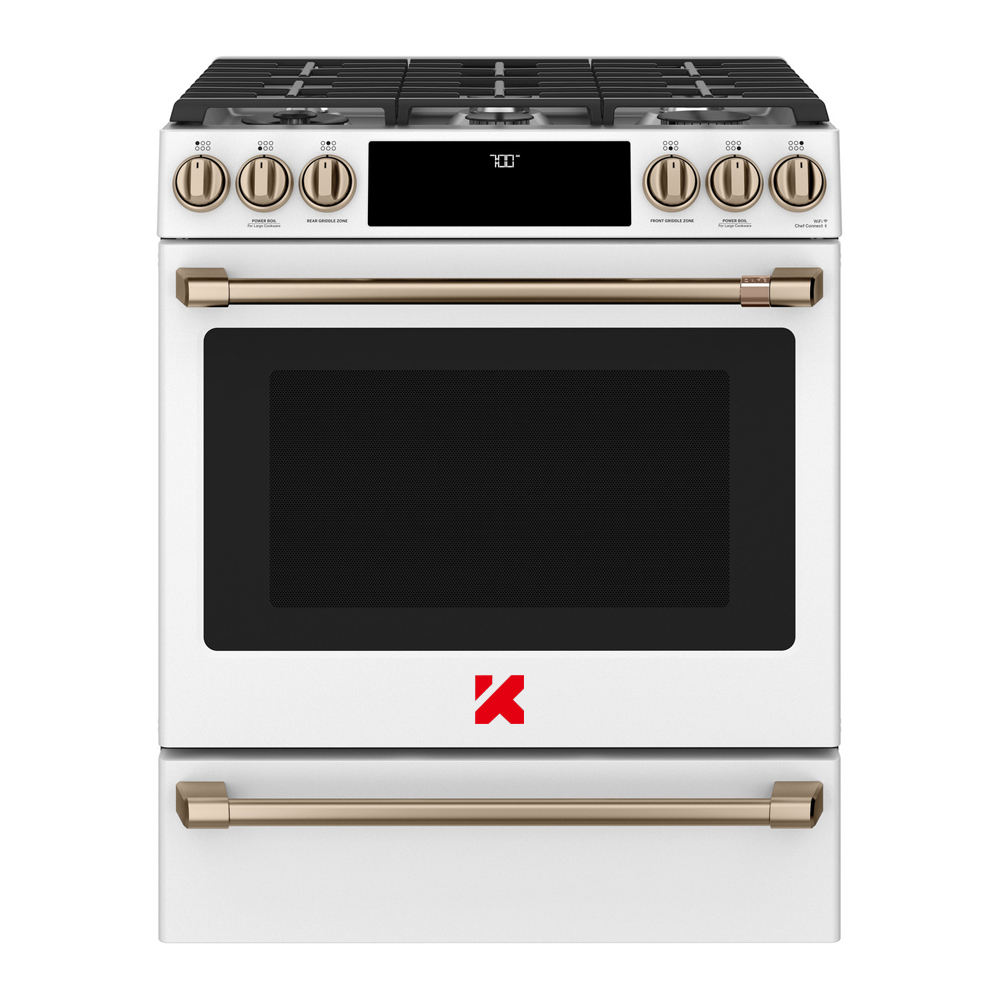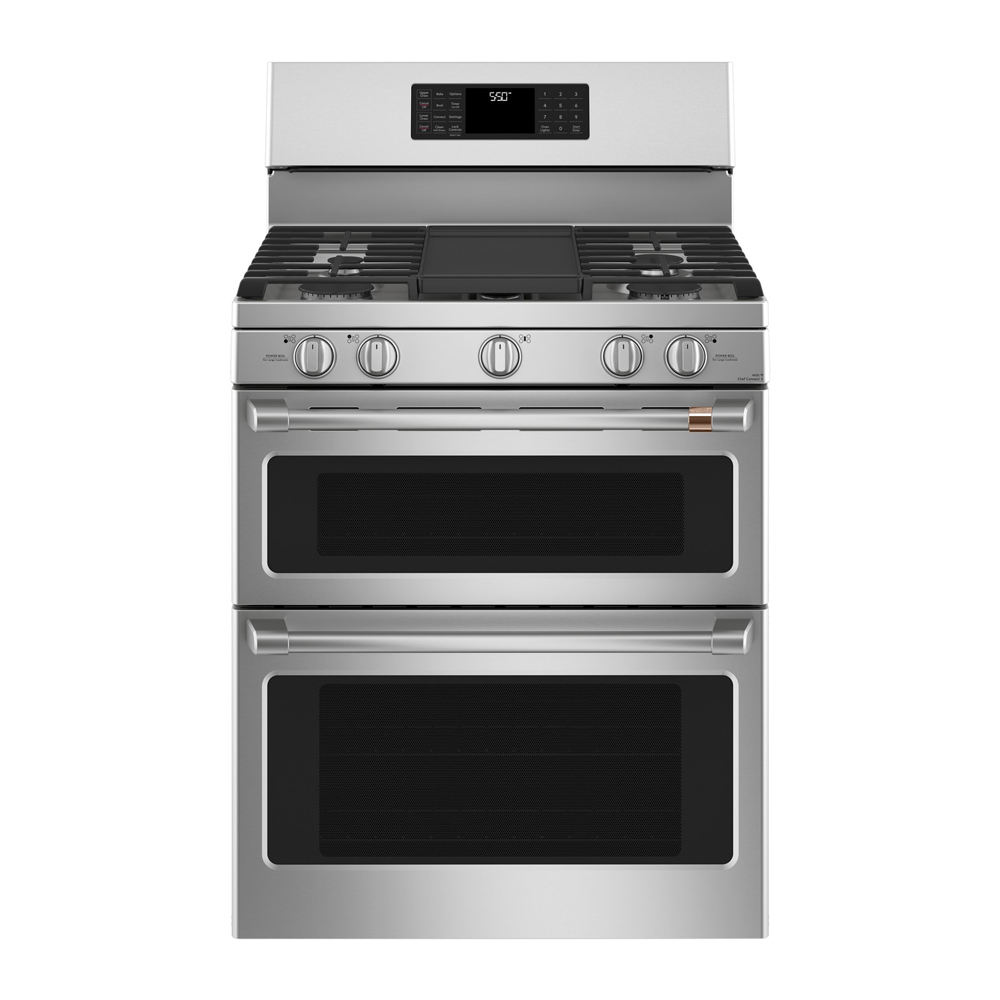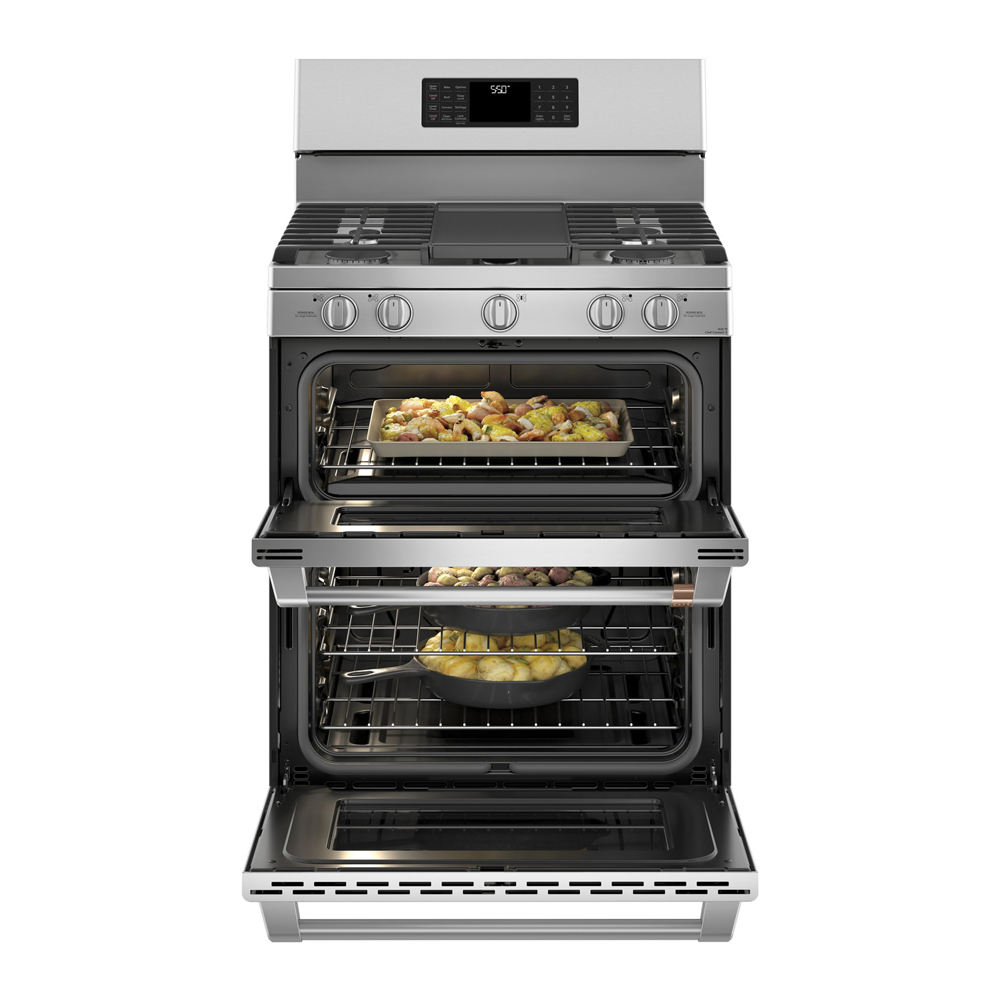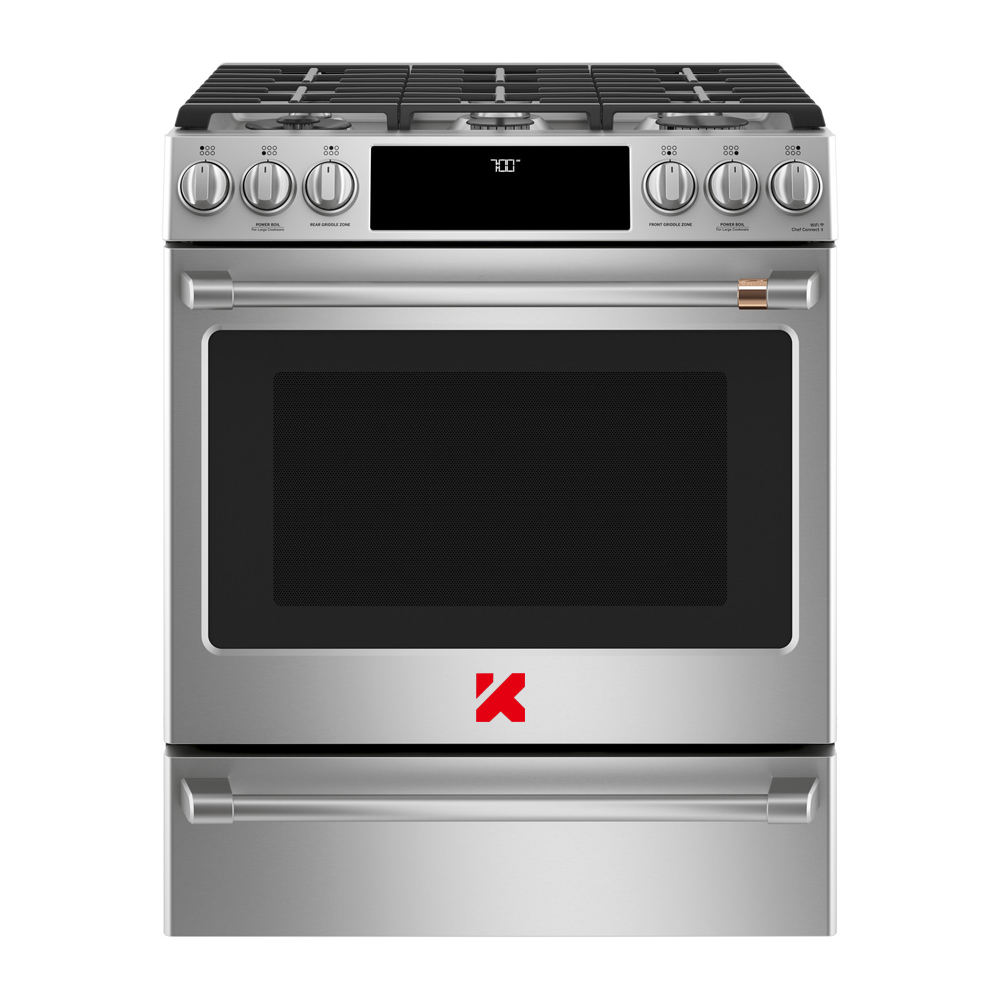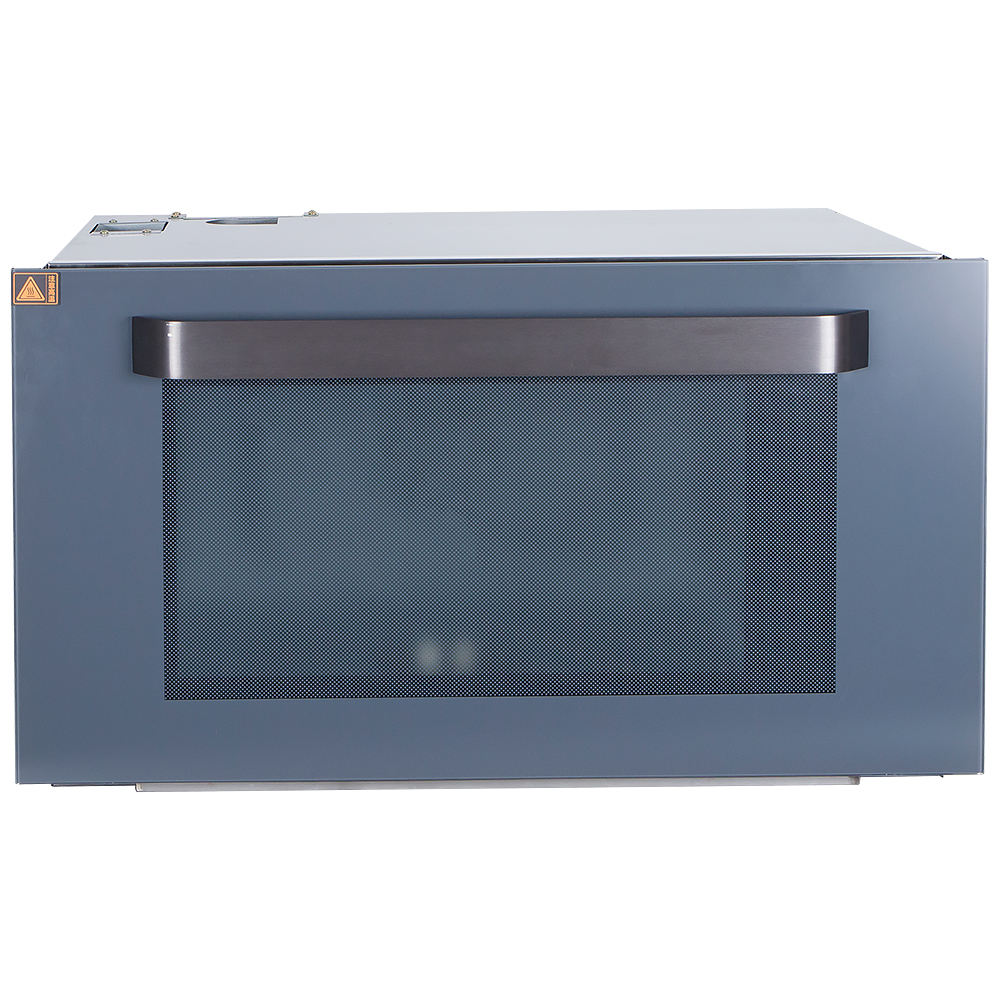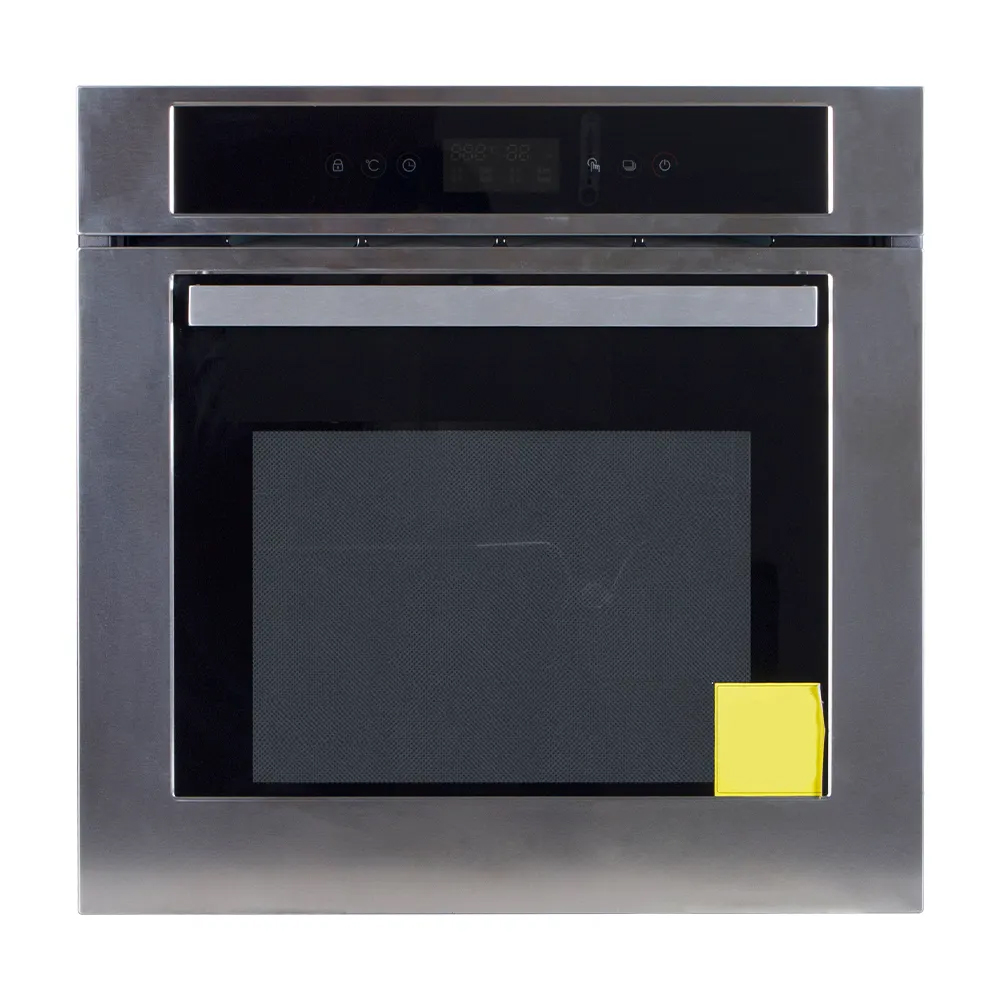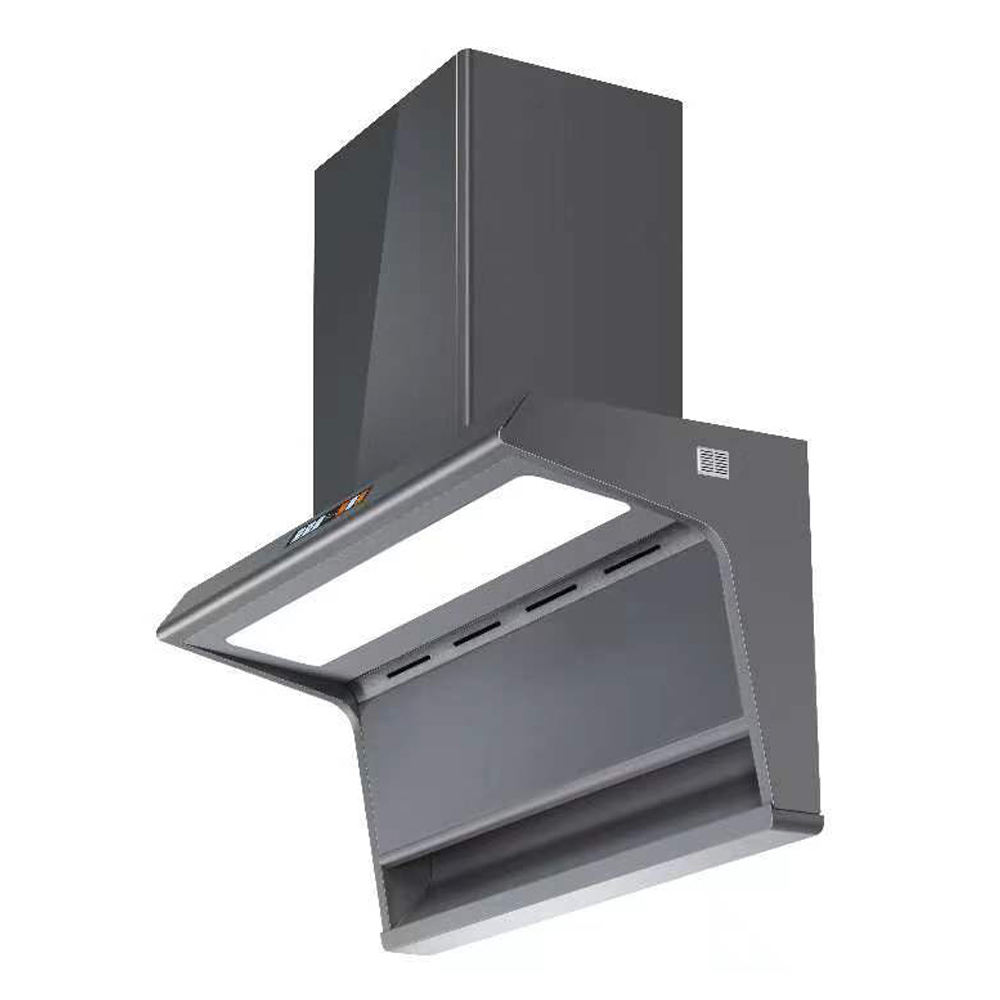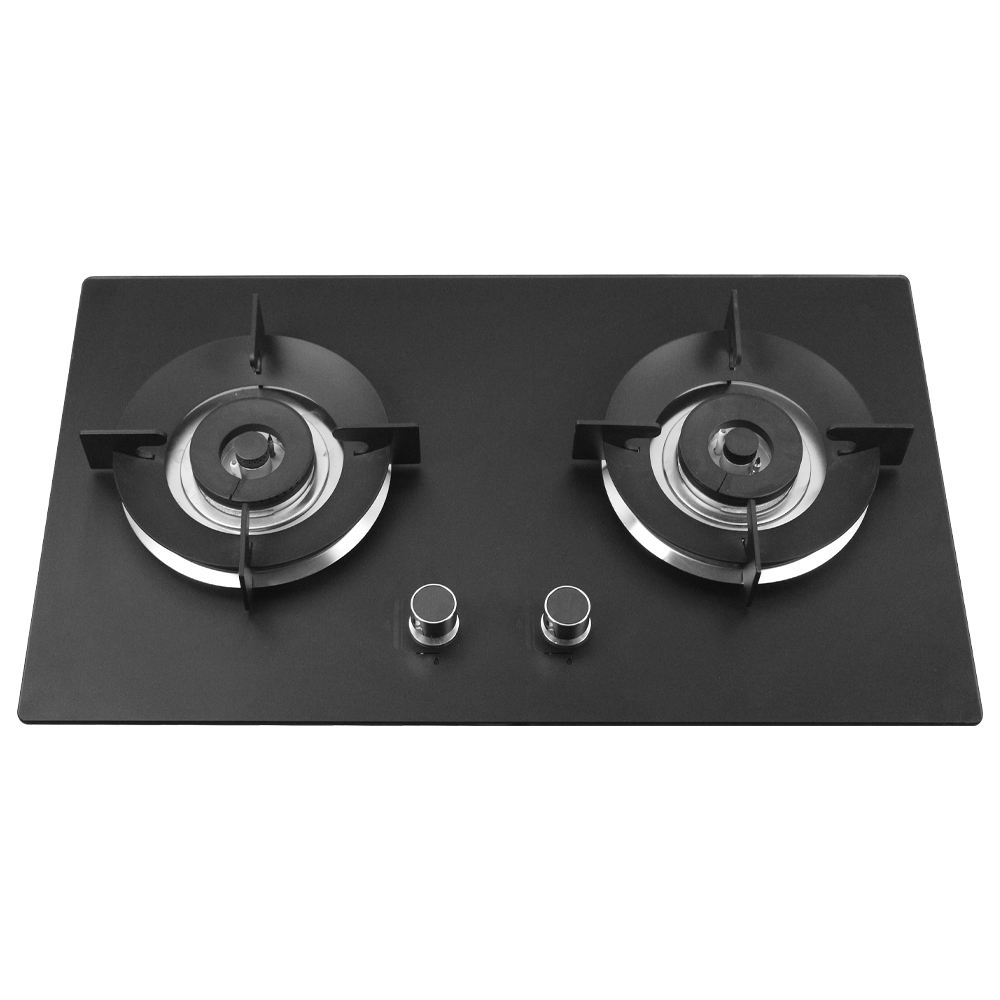For home cooks prioritizing efficiency, oven preheating time is a significant consideration. A common question arises: do built-in electric wall ovens generally achieve their target temperature faster than traditional freestanding ranges (electric or gas)? The evidence suggests a nuanced answer, often leaning towards wall ovens having an edge, but dependent on several key factors.
Understanding Preheat Time: Why It Matters
Preheating is the process of bringing the oven cavity from room temperature to a specific desired cooking temperature. Faster preheating translates directly to:
- Time Savings: Getting meals started quicker.
- Energy Efficiency: Less energy consumed during the initial heating phase (though overall efficiency depends heavily on cooking duration and insulation).
- Predictable Results: Ensures food starts cooking at the correct temperature immediately, crucial for baking consistency.
The Electric Wall Oven Advantage?
Based on typical design and engineering principles, electric wall ovens frequently exhibit faster preheating times compared to traditional freestanding ranges. Here's why:
- Compact Cavity Volume: Wall ovens, especially single-wall models, often feature a smaller internal cavity volume than the larger oven compartments found in many freestanding ranges (particularly slide-in or freestanding ranges with storage drawers below). Heating a smaller space inherently requires less energy and time.
- Enhanced Insulation: As premium appliances designed for built-in installation, wall ovens typically incorporate more robust insulation surrounding the cavity. This minimizes heat loss to the surrounding cabinetry and kitchen environment, allowing more generated heat to focus on warming the interior space efficiently. Freestanding ranges may have comparatively less insulation, losing more heat to the surrounding air.
- Direct Heating Element Layout: Many modern electric wall ovens utilize strategically placed heating elements (often including a convection fan) designed for rapid, even heat distribution within the compact space. The proximity of elements to the cavity walls and food can contribute to faster ambient temperature rise.
- Higher Power Potential: While wattage varies significantly by model, higher-end electric wall ovens can sometimes feature more powerful heating elements (often exceeding 3000-3500 watts for bake/broil combined) than standard freestanding electric ranges, accelerating the heating process.
Traditional Ovens: Important Considerations
- Freestanding Electric Ranges: These generally share the same heating technology (resistive elements) as wall ovens. However, their typically larger cavity size and potentially less intensive insulation compared to premium wall ovens often result in longer preheating times.
- Gas Ranges (Freestanding/Slide-In): Gas ovens ignite a burner to heat the cavity. While gas flames provide instant high heat, the process of heating the large thermal mass inside the oven (often including heavy porcelain cavities or enameled steel) and the surrounding air can sometimes be slower than the focused heat delivery of powerful electric elements in a well-insulated, smaller wall oven cavity. However, high-BTU gas burners can be very fast in specific models. Gas ovens also suffer significant heat loss through vents required for combustion gases.
Factors Influencing Speed Beyond Oven Type
Crucially, preheating speed is not determined solely by whether an oven is a wall unit or traditional range. Critical variables include:
- Power/Wattage (Electric) or BTU Output (Gas): Higher power generally correlates with faster preheating. Compare specifications.
- Cavity Size and Material: Smaller cavities heat faster. Materials like thin stainless steel liners heat quicker than heavy porcelain-coated cavities, though porcelain retains heat well once hot.
- Insulation Quality: Superior insulation drastically reduces heat loss, speeding up the process.
- Convection Fan: Ovens with convection (a fan circulating hot air) almost universally preheat significantly faster than non-convection models of the same type, as forced air transfers heat to the cavity and food more rapidly than still air.
- Target Temperature: Preheating to 350°F (175°C) will naturally be faster than preheating to 500°F (260°C).
- Starting Temperature: A cold oven takes longer than one that's still warm from recent use.
- Model-Specific Engineering: Differences in element placement, control algorithms, and overall design between individual models within a category can override general trends.
Practical Implications for the Home Cook
- If Preheating Speed is a Top Priority: Modern electric wall ovens, particularly convection models, often represent the fastest option due to their combination of powerful elements, strong insulation, and efficient cavity design. However, always verify the specific preheating time claims or wattage/BTU specs for models under consideration.
- Comparing Freestanding Options: Among freestanding ranges, higher-wattage electric models or high-BTU gas models with convection will typically outperform basic electric or gas models without convection.
- The Convection Factor: Regardless of oven type (wall or freestanding, electric or gas), choosing a convection model is almost guaranteed to significantly reduce preheating time compared to a similar non-convection oven.
While numerous factors influence preheating performance, electric wall ovens generally possess inherent design advantages – notably smaller cavity volume, superior insulation, and powerful heating elements – that frequently lead to faster preheating times compared to traditional freestanding ranges (both electric and gas). The incorporation of convection technology further accelerates this process across all oven types. Consumers seeking optimal preheating speed should prioritize models with high power ratings (electric), robust insulation, convection functionality, and pay close attention to manufacturer-provided preheat specifications when making comparisons.



 中文简体
中文简体 Español
Español عربى
عربى